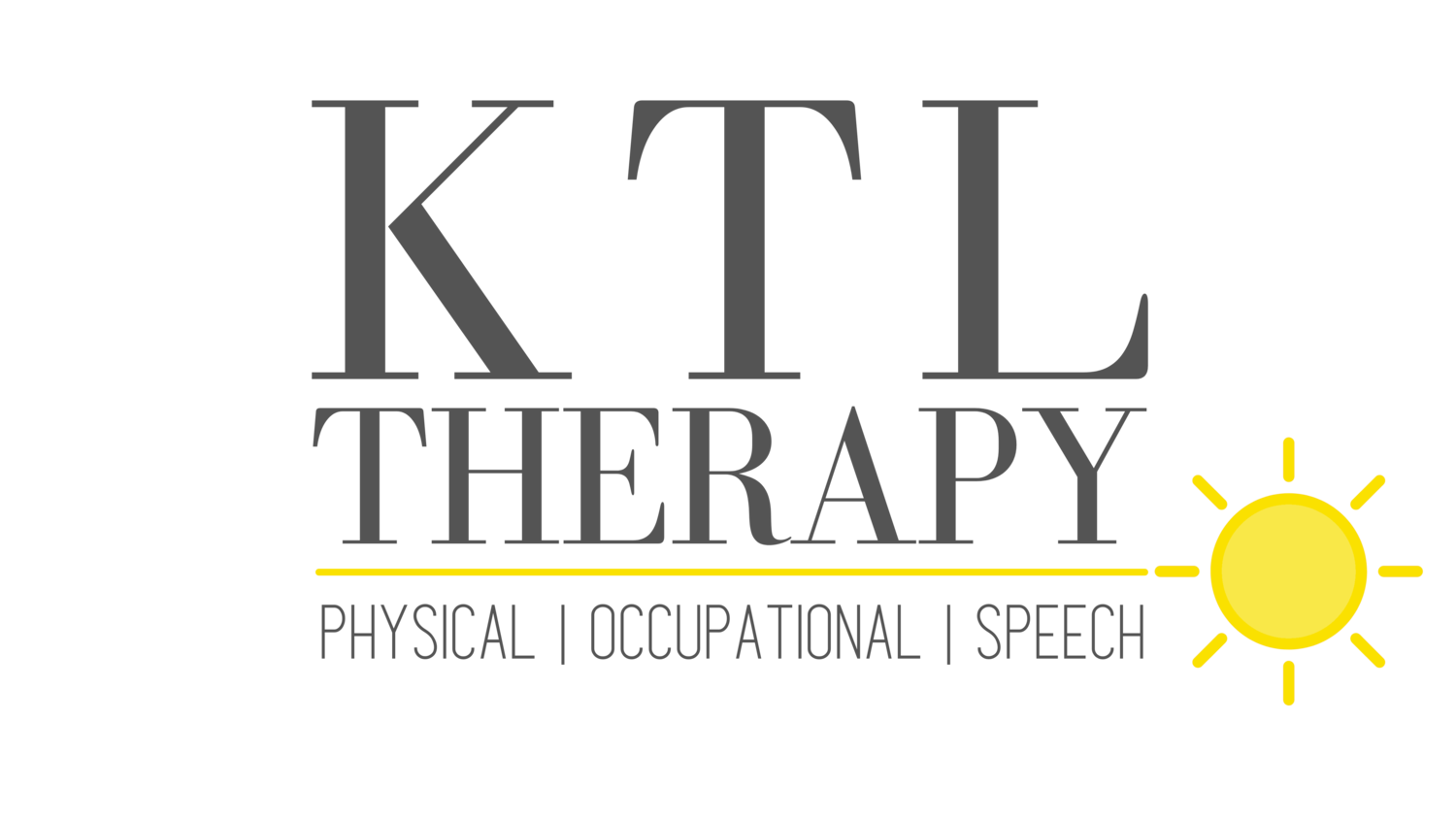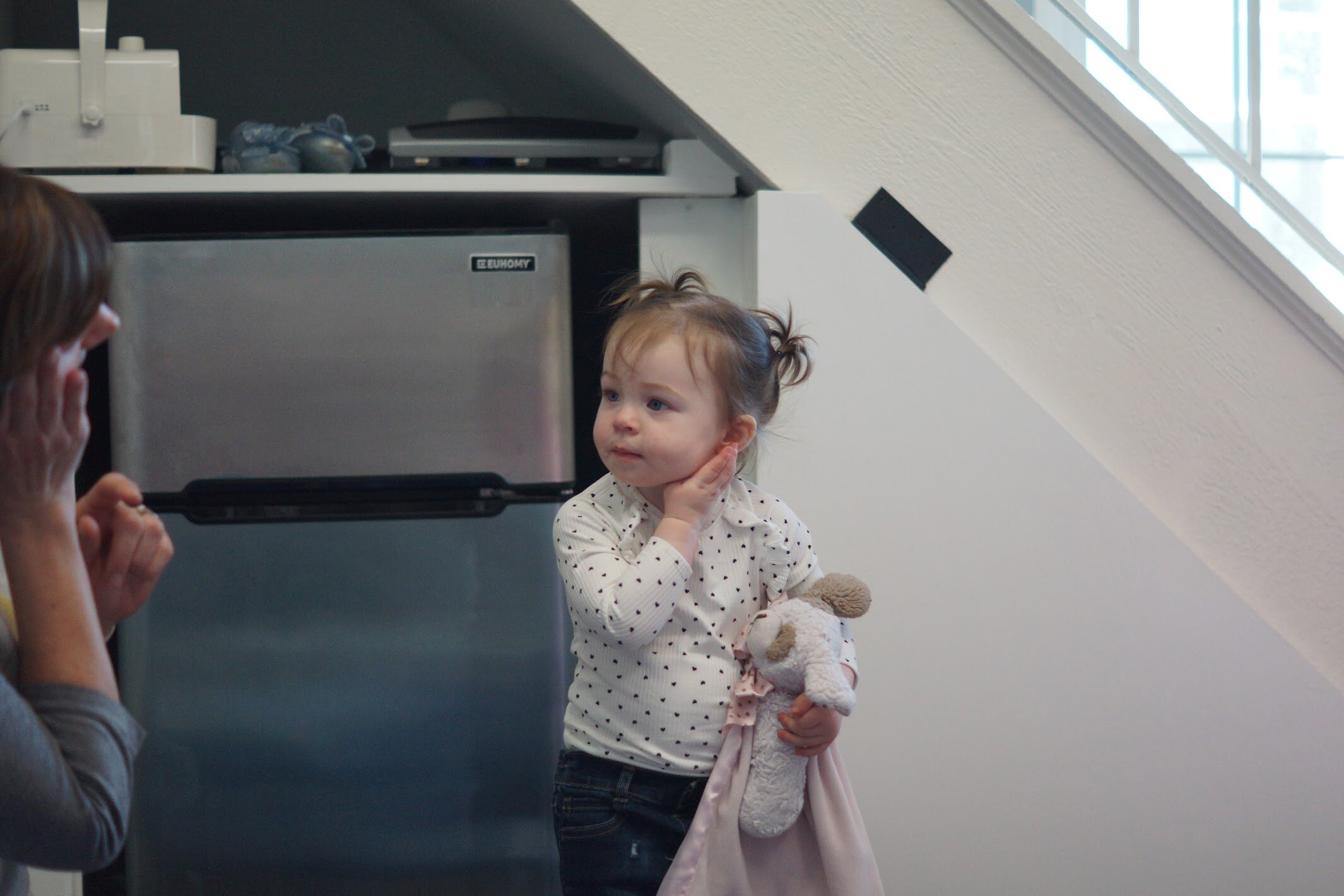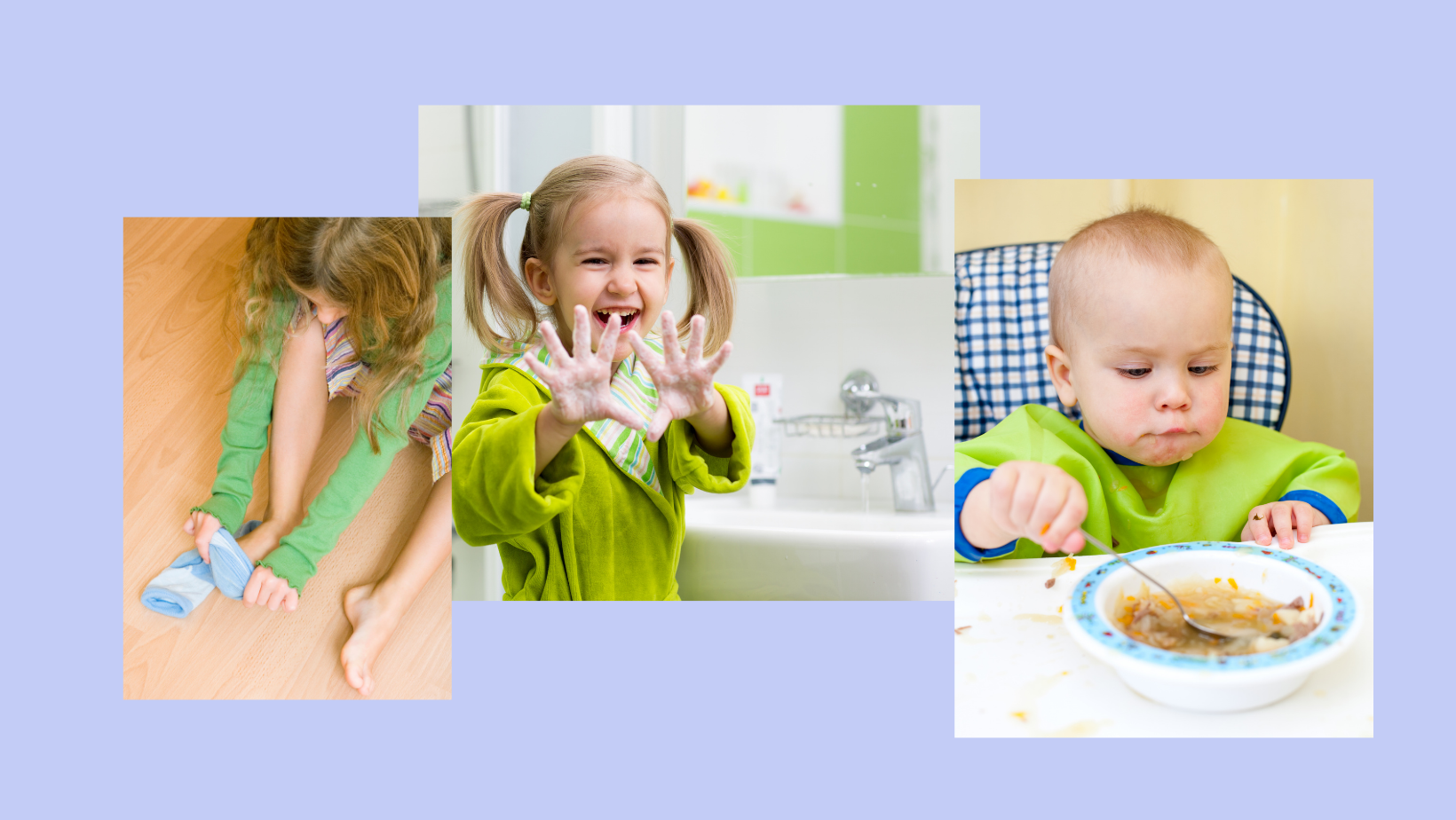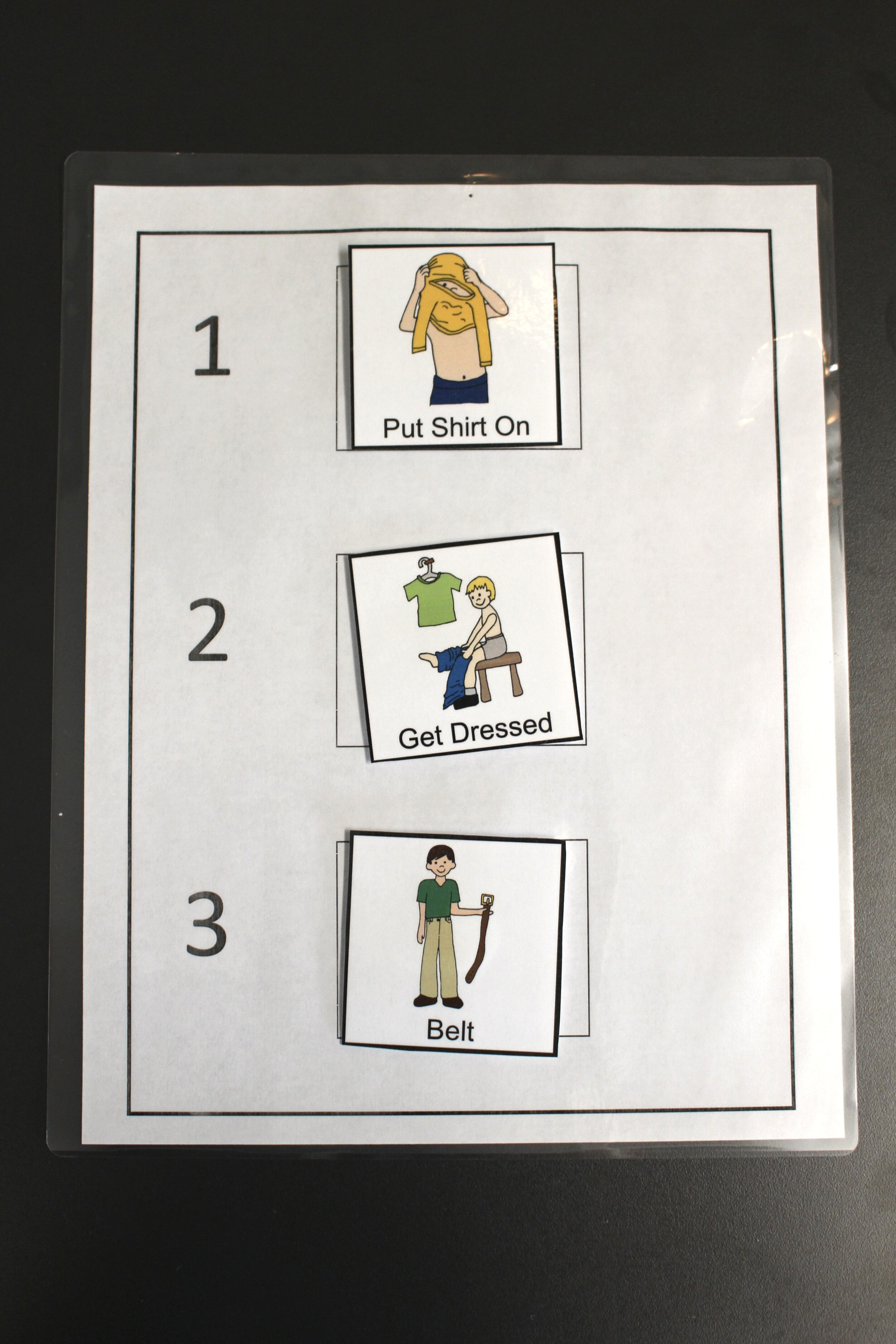A Picture Says A Thousand Words
by Kaelin Gulla, COTA/L
Perhaps you have snapped a quick pic to capture a memory of a favorite place or a special occasion with a loved one. A simple picture can jog our recollection of that treasured moment bringing back a flood of warm feelings.
As a parent, I notice that my focus centers around getting my kids to communicate with me.
I often look for verbal responses and body language or even try communicating through sign language . . . any gestures that my children and I can use to “talk” to each other.
No matter how our little ones choose to communicate with us, we just want to know how to meet their needs and be a better parent.
Occupational Therapy is constantly evolving and developing new methods and strategies to meet the needs of the time. Therapists have a proven method of teaching children how to use visual pictures to help them communicate their needs, desires, and emotions. If you apply the correct combination of visual pictures, a child will increase their overall comprehension while decreasing their learning time.
Visual pictures can assist children with:
getting dressed
hygiene care
self-feeding
exercises
sensory regulation
their play experiences
Visual pictures also allow a child to express how they are feeling by pointing to a visual representation of their emotions. A proper methodology of providing visual cues will allow the child to identify and express the story that they want to tell (and what their parents need to know about them).
Together, through Occupational Therapy, let’s give our children the chance to tell their own stories through the art of communicating through pictures!
Visual Schedules in Daily Routines
The biggest benefit of a visual schedule is being able to communicate a routine to your child.
This helps him or her know what task is next as well as check off what they have already accomplished. Setting up the sequence of your child’s day with visual schedules creates smooth transitions as you and your child navigate the day.
Here are a few examples of visual schedules:
Use 3 to 5 pictures of different tasks
Your child should be able to complete these tasks sequentially to follow your morning, afternoon, and evening routines. These visual schedules could include:
hand washing
getting dressed
potty training
school tasks
mealtime
bedtime
Use a First/Then Card Sheet
This is a card sheet that depicts a task to do first that will then result in being able to do another task.
For example, first duck walk, then you get to bear crawl. Or, reverse them depending on what your child likes to do most. Make their favored activity the then task.
Who Benefits From Using Visual Cues and Schedules?
visual learners
non-verbal children
those who benefit from structure and knowing a routine
those who struggle with transitioning (e.g., leaving home or going to school)
those who often have emotional meltdowns
those who experience anxiety
their families!
Applying This Methodology at Home
1. Use pictures of family members to provide your child with a simple visual schedule.
First prompt your child by pointing to the picture of a loved one and ask, “Who is this?” Then, tell her who it is if she cannot answer.
Next, point to the picture of the loved one and state, “First, we are going to see Grandma. Then, we are going to the park.”
Finally, reinforce this with your child by bringing the pictures with you and connecting them to the actual location and event.
2. Print a picture of your child, point to the picture, and ask them to tell you who that is.
This will allow your child to start developing their own name recognition. (Print off pictures of your child brushing his teeth, washing his face, and then combing his hair to demonstrate his activities of daily living.)
3. Create a visual schedule using simple daily activities.
An example of a bedtime visual schedule would be:
First, prompt your child by showing her a picture of her brushing her teeth and then one of her reading a book. Make sure to use the first/then rule: “First, brush your teeth. Then we can read a book.”
Next, point to the image of your child brushing her teeth and have her go brush her teeth.
Finally, (after she has brushed her teeth) point to the image of her reading a book and have the book ready.
While you read the book with your child, instead of focusing on the story, point to the pictures in the book and name each item, animal, or person on the page.
Benefits of working with an Occupational Therapist
There are numerous strategies and methods of using visual cues to assist your child with communication.
Licensed occupational therapists work closely with you and your child to identify specific communication needs and implement a personalized plan to help develop their communication skills.
While a picture can say a thousand words, for parents and children who are struggling to communicate, a picture can help say the one word that truly makes all the difference!
Want to learn more about working with one of KTL’s occupational therapists? Contact us for an assessment.
About the Author
Kaelin Gulla, COTA/L
Kaelin has worked in healthcare for over 15 years and holds a bachelor’s degree in Healthcare Administration as well Gerontology from the University of Southern Indiana. She has been a fully licensed Certified Occupational Therapy Assistant for over five years.
It was during her experience as a social worker and patient advocate that Kaelin discovered she had a passion for helping others and had a desire to become an Occupational Therapist. Kaelin has occupational experience in hippotherapy and sensory input in relation to environmental modifications.





